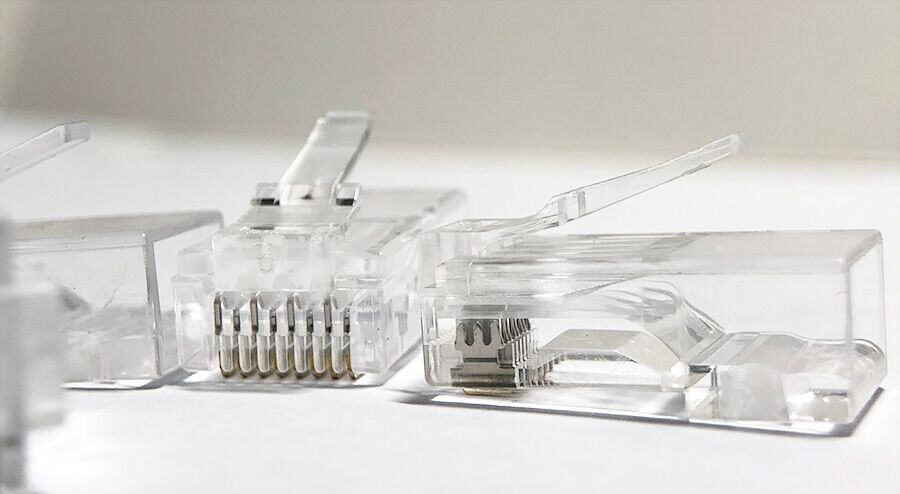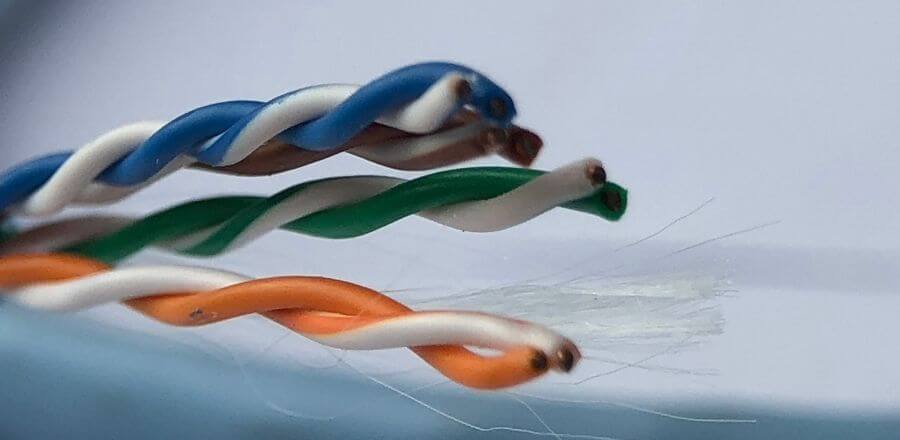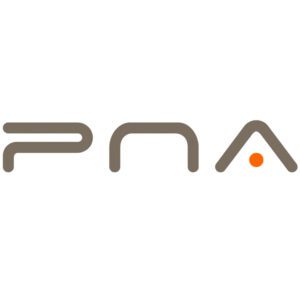What Is Twisted Pair Cable
The first thing to know is the overall function of the 8 copper wires. The 8 copper wires are used to reduce the interference of electromagnetic signals. Every 2 wires are twisted together at a certain density. In this way, the radio waves radiated from each other when transmitting electrical signals will cancel each other out, effectively eliminating interference. The name twisted pair is also derived from this structure.
The earliest use of twisted-pair cable was used for the transmission of telephone signals, and then it was gradually introduced into the transmission of digital signals. Nowadays, CAT5 and CAT6 twisted-pair cables are widely used. Both CAT5 and CAT6 network cable can reach a bandwidth of 1000Mbps. However, the distance for transmitting a gigabit over CAT5 is relatively short. If a CAT5 transmission gigabit network is used, the distance should be controlled as short as possible, for example, less than 30 meters.
The only disadvantage of the twisted pair cable is that the transmission interval is short, which can reach 100 meters in general, and 120 meters in better ones. Generally, a gigabit network needs to use 4 pairs of wires, that is, 8 copper core wires. And for bandwidth below 100M network, it’s generally the 1, 2, 3 and 6 four copper wires are used.
Function of 8 Copper Wire
Why does the copper wire 1, 2, 3 and 6 of the twisted pair are used? It is necessary to understand what the function of each core is:
- Data Output (+)
- Data Output (-)
- Data Enter (+)
- Reserved for Telephone
- Reserved for Telephone
- Data Enter (-)
- Reserved for Telephone
- Reserved for Telephone
It can be seen that although the twisted pair has 8 core copper wires, in the currently widely used 100M network, only 4 of them are actually used, namely, the 1st, the 2nd, the 3rd, and the 6th. They are respectively plays the role of receiving and sending signals. The 4, 5, 7, 8 copper wire are two-way lines, reserved for further use.
However, under the operation of a network higher than 100M, all eight 8 copper wires will be used. For example, CAT6 and CAT6A cables not only use 1 3 2 6, but all 8 cores need to be used, otherwise the network operation will be unstable.
In fact, there is another key issue: the transmission distance and stability of the network cable are affected by materials. The data transmission of the network cable with inferior quality wires is seriously attenuated, and the transmission distance is greatly reduced.
CAT5e Vs. CAT6 Plug
We have learned about the properties of twisted-pair cables above. Let’s look at the difference between the plugs, and understand the difference between CAT5 plugs and CAT6 plugs. Let’s first look at the difference between CAT5 cables and CAT6.
- CAT5 network cable core diameter is 0.511 and cross section is 19.625mm2
- CAT6 of copper wire core diameter is 0.574 and cross section is 30.1754mm2


On the front of the CAT5e type plug, you can see that the 8 wires are lined up. There are two teeth on the side of the CAT5e plug on the pressing contact point.
The 8 cores of CAT6 network are arranged staggered up and down, the cable hole is large, the upper part of the front contact has three branches, and the contact area is large after the wire core is crimped. It is often used in Gigabit networks and is backward compatible with hundreds of Mega network.
Can CAT6 cables Use CAT5e Plug?
The copper core of the CAT6 network cable is thicker than the copper core of the CAT5e network cable. Because the copper cores of the two are different, the CAT5e wire core is generally 24AWG, and the CAT6 is generally 23AWG, which causes the hole inside the plugs to be different. The inlet diameter is different. The CAT5e is 1.02mm, CAT6 is 1.08mm. If it is a CAT6 system that uses a CAT5 plug, it will cause the bad crosstalk NEXT (near end crosstalk), which will affect the system performance.
Applications of CAT7 Network Cable
The CAT7 of network cables are generally used in scenarios with high-speed transmission and high bandwidth requirements, such as video conferences, streaming media broadcasts, network-based voice calls, grid computing and storage networks.
Because they are adapted to 10/100/1000/10GBASE -TX Ethernet data transmission, so it is also widely used in indoor high-demand horizontal wiring. It is very suitable for shielding the wiring of the server room and the confidential network, due to the super shielding function of the CAT7 network cable.


